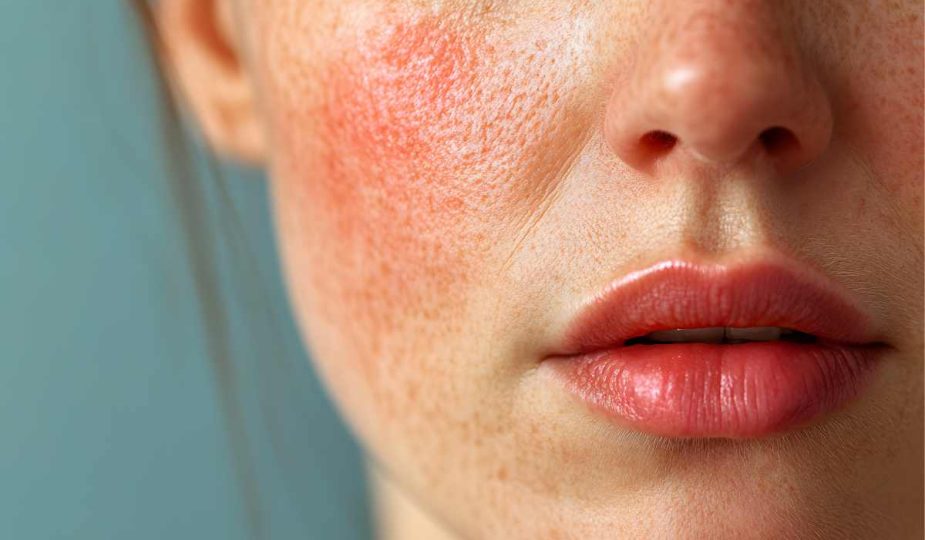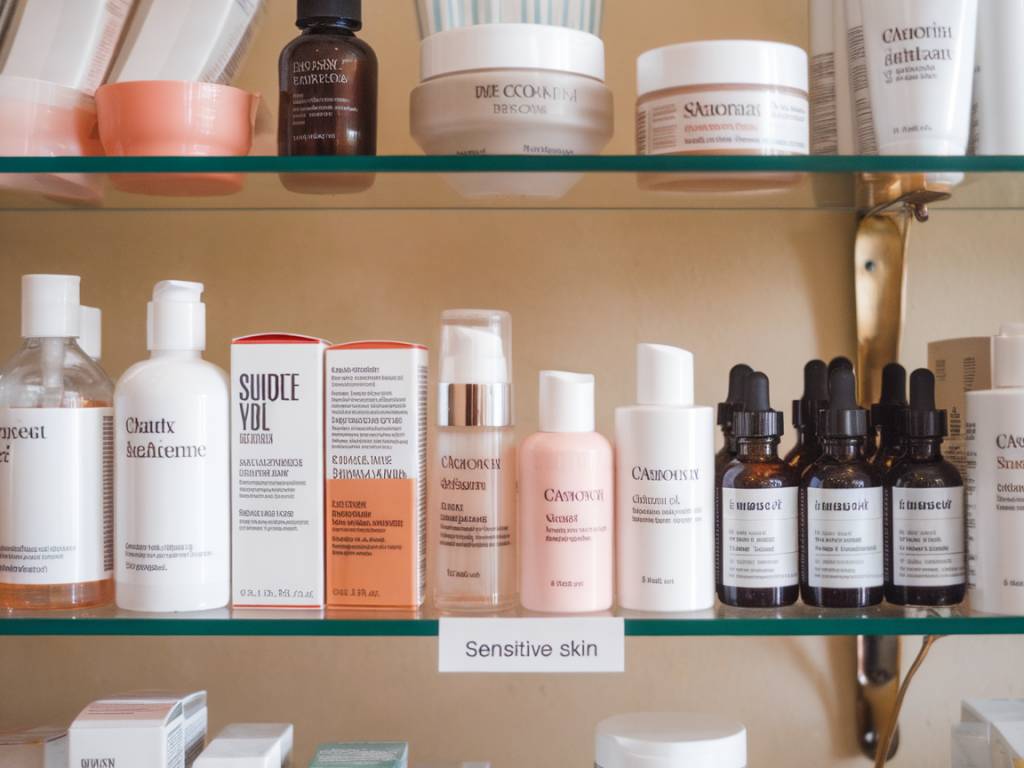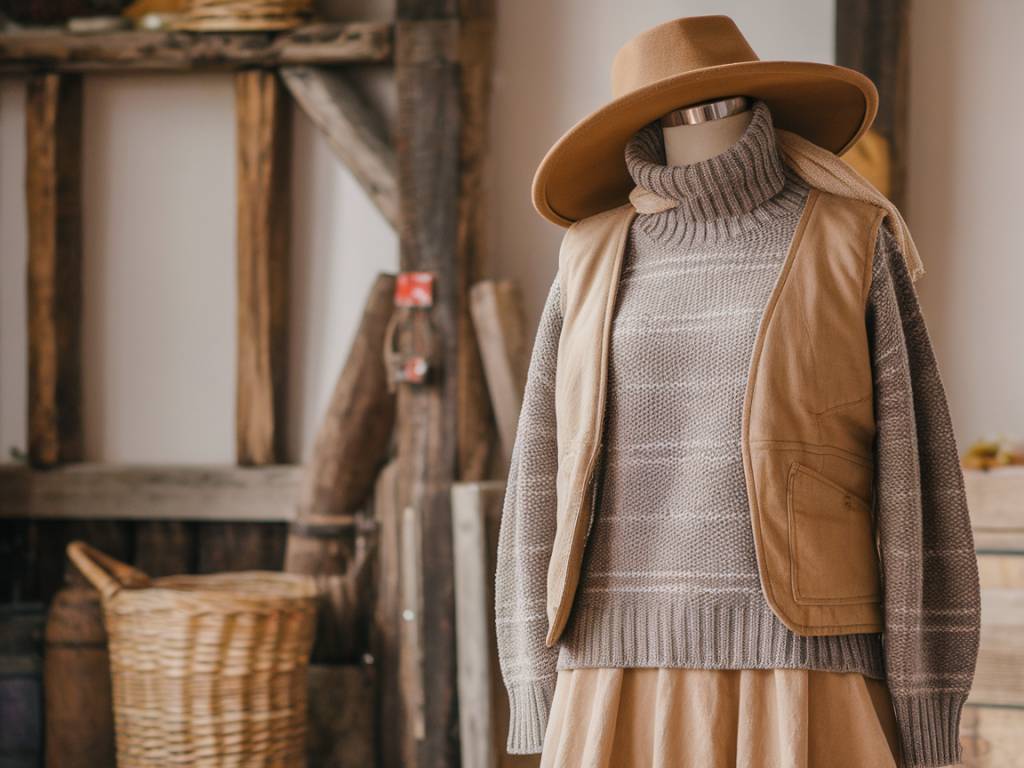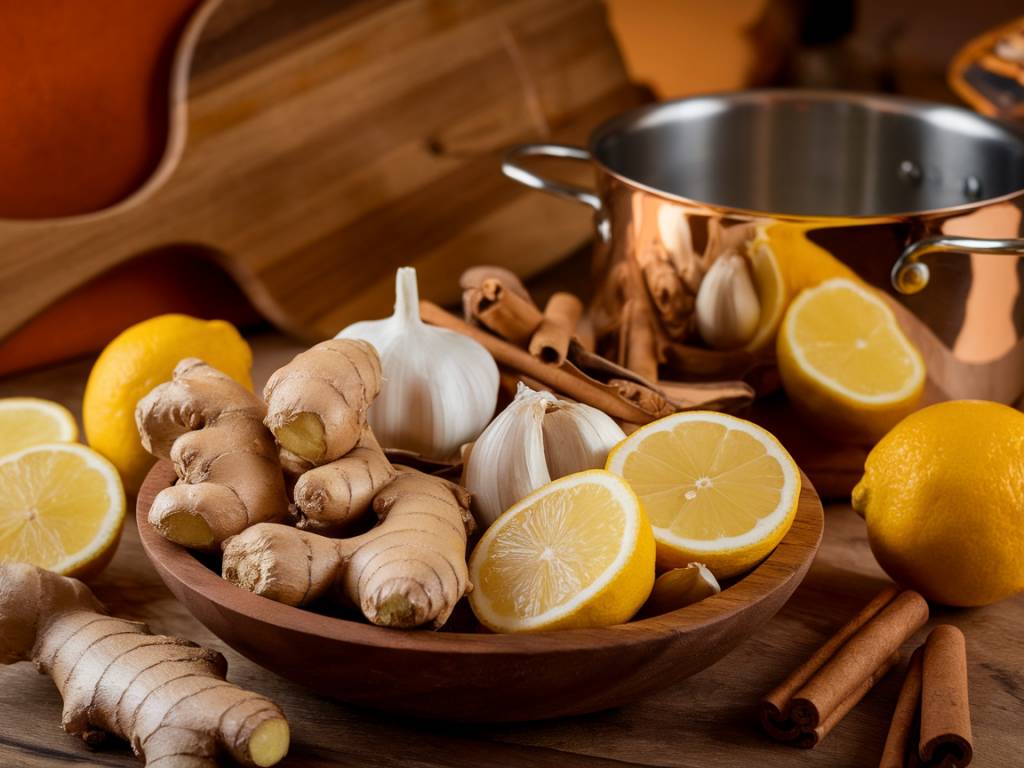As temperatures drop and central heating kicks in, many women notice their facial skin growing red, tight and uncomfortable. This seasonal reaction isn’t just an annoyance—it signals a weakened skin barrier that can lead to dryness, irritation and sensitivity. To brace your complexion for the incoming chill, it’s crucial to understand the causes of winter redness and adopt a targeted skincare routine that both soothes and fortifies your skin.
Why does facial redness flare up in autumn and winter?
Even those without chronic conditions can experience blotchy cheeks and burning sensations as seasons change. Key factors include:
Temperature swings: Moving from a cold outdoor environment into heated indoor spaces causes blood vessels to constrict in the cold and rapidly dilate in warmth. This cycle stresses capillary walls, leading to broken vessels and visible redness.
Wind and low humidity: Outdoor winds strip moisture from the skin’s surface, while dry indoor air worsens dehydration, making the skin’s protective barrier more porous and reactive.
Weakened barrier function: The outermost skin layer (stratum corneum) relies on lipids to retain hydration. Cold weather impairs lipid production, leaving skin vulnerable to irritants and temperature-induced stress.
Consult a dermatologist before winter sets in
Persistent or severe redness may indicate underlying issues such as rosacea or couperose. A qualified dermatologist can diagnose these conditions, recommend appropriate treatments—like topical azelaic acid, gentle vasoconstrictors or prescription calming agents—and guide you through a personalised skincare plan.
Gentle cleansing to protect your skin’s barrier
Harsh or foaming cleansers can strip essential oils and exacerbate redness. Opt instead for these soothing options:
Creamy cleansers: Formulated with calming ingredients like colloidal oatmeal and chamomile extract, they remove impurities without disrupting the skin’s pH.
Cleansing oils: Lightweight botanical oils dissolve debris and makeup, then emulsify on contact with water—leaving a hydrating veil that shields the barrier.
When washing:
Use lukewarm water—very hot water can aggravate inflammation and cause further irritation.
Pat skin dry gently with a soft towel, avoiding vigorous rubbing that can increase redness.
Intensive hydration with targeted serums
To restore and strengthen your skin’s moisture-retention capabilities, incorporate these active ingredients:
Hyaluronic acid: Binds water to skin cells, providing an instant plumping effect and reducing the appearance of tightness.
Ceramides: Lipids naturally found in the stratum corneum, ceramides reinforce the barrier and prevent moisture loss.
Niacinamide (vitamin B3): Soothes inflammation, strengthens capillary walls, and evens out redness over time.
Apply serums immediately after cleansing and toning to lock in maximum moisture.
Rich creams and protective oils
For your final hydration step, choose creams or balms that feed and protect delicate winter skin:
Shea butter-based formulas: Rich in fatty acids and vitamins A and E, they nourish and repair the skin barrier overnight.
Plant-based oil blends: Jojoba, squalane and rosehip oil mimic natural skin lipids, reinforcing the protective mantle.
Antioxidant fortification: Look for added vitamins C and E to combat oxidative stress from indoor heating and pollution.
Massage your chosen cream into the face and neck with upward, circular movements—this gentle stimulation improves circulation and promotes lymphatic drainage, reducing puffiness and redness.
What to avoid when your skin feels fragile
Certain products can aggravate already stressed skin. Steer clear of:
Essential oils: Though natural, they can be overly potent, triggering irritation or allergic reactions on compromised skin.
Strong retinoids: While excellent for anti-ageing, prescription-strength retinols and retinoic acid can inflame sensitive complexions, especially in low-humidity conditions.
Abrasive scrubs and aggressive peels: Physical exfoliants or high-concentration chemical peels disrupt the barrier. If you need exfoliation, opt for gentle, low-pH acids like lactic or mandelic acid—once or twice a month maximum.
Bonus tips for a comfortable winter glow
To further support your regimen, consider these extra steps:
Humidify your space: A home humidifier keeps indoor air moist, helping your skin retain hydration throughout the day.
Pre-warm your environment: Before stepping into hot rooms, gently cup warm hands around your cheeks for a few seconds—this reduces the shock of temperature change.
Sun protection: UVA and UVB rays remain active on bright winter days. Use a mineral sunscreen (SPF 30 –50) that’s formulated for sensitive skin.
Stay hydrated: Drinking plenty of water and incorporating omega-3 rich foods (fatty fish, flaxseed) strengthens the skin from within.
With the right understanding of why your skin turns red in colder months and a thoughtful routine that prioritises barrier repair and hydration, you can welcome winter without fearing uncomfortable flare-ups. Embrace these rituals now to ensure your complexion stays calm, supple and radiant—no matter how low the mercury drops.









